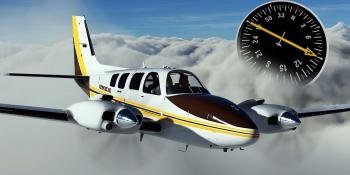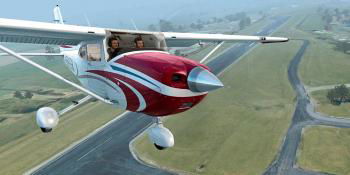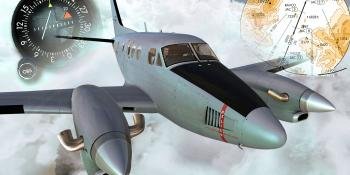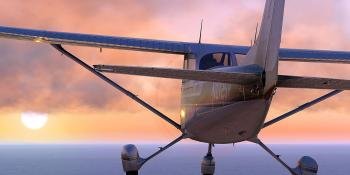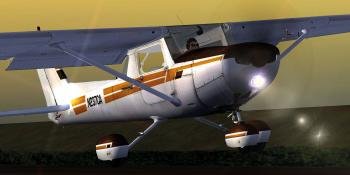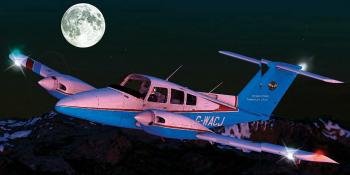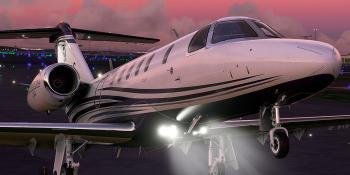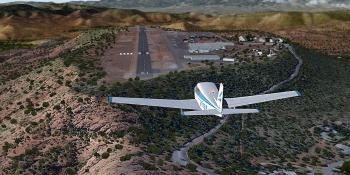Back to Basics
Back to Basics - Series 4, Lesson 3
For this issue, we continue our in-depth look at the humble NDB and discover some useful techniques that breathe life into this often overlooked navigation aid.
Back to Basics - Series 4, Lesson 2
Having learnt some tips about finding a suitable IFR trainer, in this issue, we now kick off some real IFR flying by taking a look at one of the oldest radio navigation aids used in aviation, the Non-Directional Beacon.
Back to Basics - Series 4, Lesson 1
Welcome to the next stage of our Back to Basics series in which we explore basic and intermediate instrument flying and radio navigational techniques.
Back to Basics - Series 3 Lesson 9
We wind up this part of our Back to Basics series by completing our prepared night flight and deal with some unexpected emergencies.
Back to Basics - Series 3 Lesson 8
In this lesson, we wind up our night flying training by preparing for a cross-country navigation exercise while learning how to handle any surprises that may occur along the way.
Back to Basics - Series 3 Lesson 7
In this lesson, Peter Stark talks about how to safely fly circuits and landings at night, which is one of the key skills learnt by any pilot as it combines a variety of manoeuvres in a compact physical area in a short space of time.
Back to Basics - Series 3, Lesson 6
In this lesson, we continue to develop our instrument night flying skills and learn how and when to use the flight, engine and navigation instruments when the weather or visibility makes visual flight more difficult.
Back to Basics - Series 3, Lesson 5
Having thoroughly explored the spatial and visual illusions that night pilots are subjected to, we can turn to more practical skills using flight simulators and start to learn some flying techniques that the professionals use when they venture out after dark.
Back to Basics - Series 3, Lesson 4
In this lesson, Peter Stark looks at sensory illusions and teaches us some piloting techniques to stay out of trouble.
Back to Basics - Series 3, Lesson 3
One of the biggest challenges that pilots face when transitioning to night visual flying is identifying visual and spatial illusions that may lead to disaster. In this tutorial, we learn that the key to flying well at night is to understand and anticipate these illusions and react accordingly.
Subscribe to Key.Aero
Become a part of our aviation community and subscribe to Key.Aero now. You can get all the aviation information you'll ever need, whenever you want, with access to all the latest aviation updates, news, events and more.
